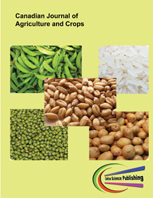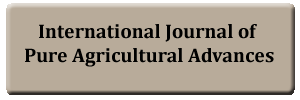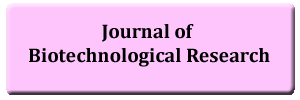Chickens feed resources and feeding trends in Konso Zone and Derashe special district, Southern Ethiopia
DOI:
https://doi.org/10.55284/cjac.v8i2.974Keywords:
Chicken, Feed, Districts, Feeding trends, Season, SFR.Abstract
The study was conducted to assess locally available chicken feed resources and feeding trends in the Karat zuria district of the Konso zone and Derashe special district. Multi-stage sampling techniques were used and a total of 120 respondent farmers from the districts who possess chicken production were involved. The data were collected by questionnaire, personal observation, and interviews. Potential cereals: sorghum (95.0±0.22% and 86.7±0.34%), teff (65±0.48% and 66.7±0.48%) from pulses haricot bean (58.3±0.50% and 45.0±0.50%); as vegetables Moringa stenopetala locally: Halako (96.7±0.18 and 91.7±0.28) in Karat zuria and Derashe special districts, respectively were identified as commonly locally promising human food as well as chicken feeds. Cooked food scraps (Fosase, Kurkufa); kitchen wastes, and protein sources (growing worms, termites, insects, grasshoppers, flies) local brewery residues (Cheka residues) were highly ranked as potential scavengeable feed resources (SFR) in both districts. However, January to May is the major month of the year severity of feed shortage (90% of respondents) mostly occurred. About 2/3 of farmers spreading the grain on the bare ground together for the whole groups of chicken once per day mainly for egg yield (41.67% of respondents) in the area was a very common trend of providing supplementary feed. Consequently, efforts have to be made to design and implement interventions, aiming at improving chicken feed resource base and feeding trends.


